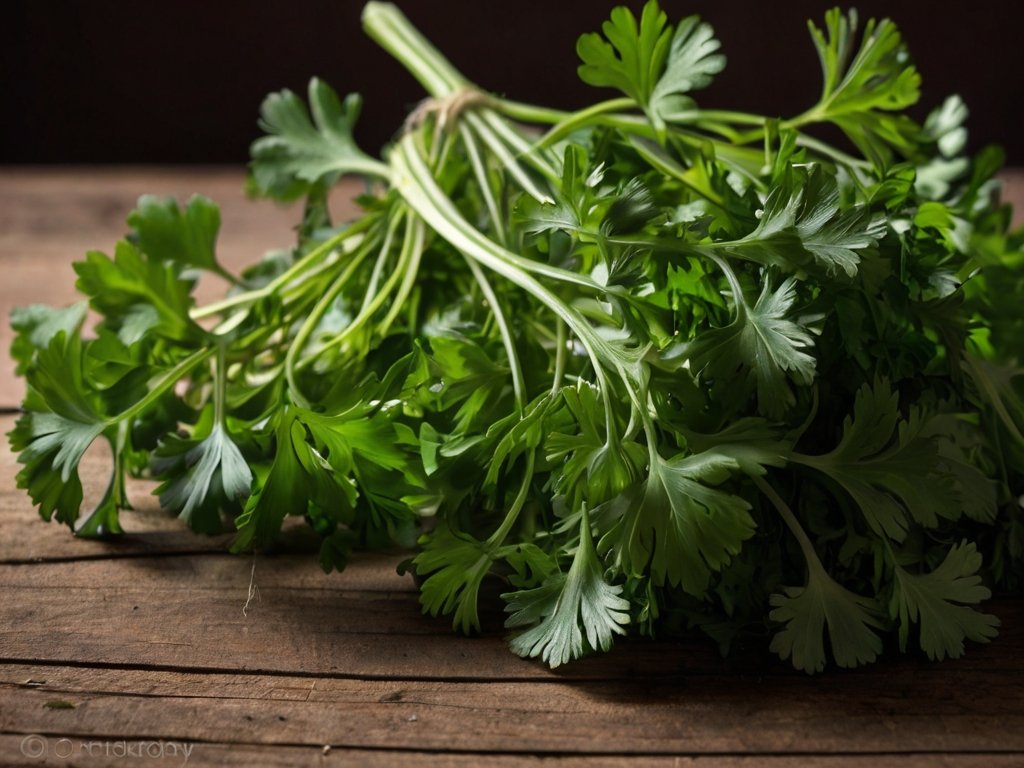Gardening enthusiasts often seek the joy of cultivating herbs, not only for their culinary and medicinal benefits but also for their aromatic presence and aesthetic appeal. Today we will talk about seven of the most commonly grown herbs and explain their ideal growing conditions and how best to store and use them.
I grow several of these in my garden and for the first time this year have dehydrated them to keep them for future use and will also explain how I did that and the lessons I learnt from doing this. Firstly though we will give you a brief description of our most commonly used herbs.
Basil (Ocimum basilicum)
Basil is a fragrant herb that is a staple in many kitchens around the world, particularly in Italian cuisine. It has bright green, oval-shaped leaves and produces small, white flowers. The most common variety is Sweet Basil, though there are many others, including Thai Basil and Lemon Basil.
Ideal Growing Conditions
- Soil: Well-drained, moderately rich soil.
- Sunlight: Full sun (at least 6-8 hours of direct sunlight per day).
- Water: Regular watering, keeping the soil slightly moist but not waterlogged.
- Temperature: Warm temperatures between 18°C and 30°C, as basil is sensitive to cold.
Uses
Basil is best used fresh and can be added to salads, pastas, and sandwiches. It’s the key ingredient in pesto sauce and pairs wonderfully with tomatoes, garlic, and olive oil.
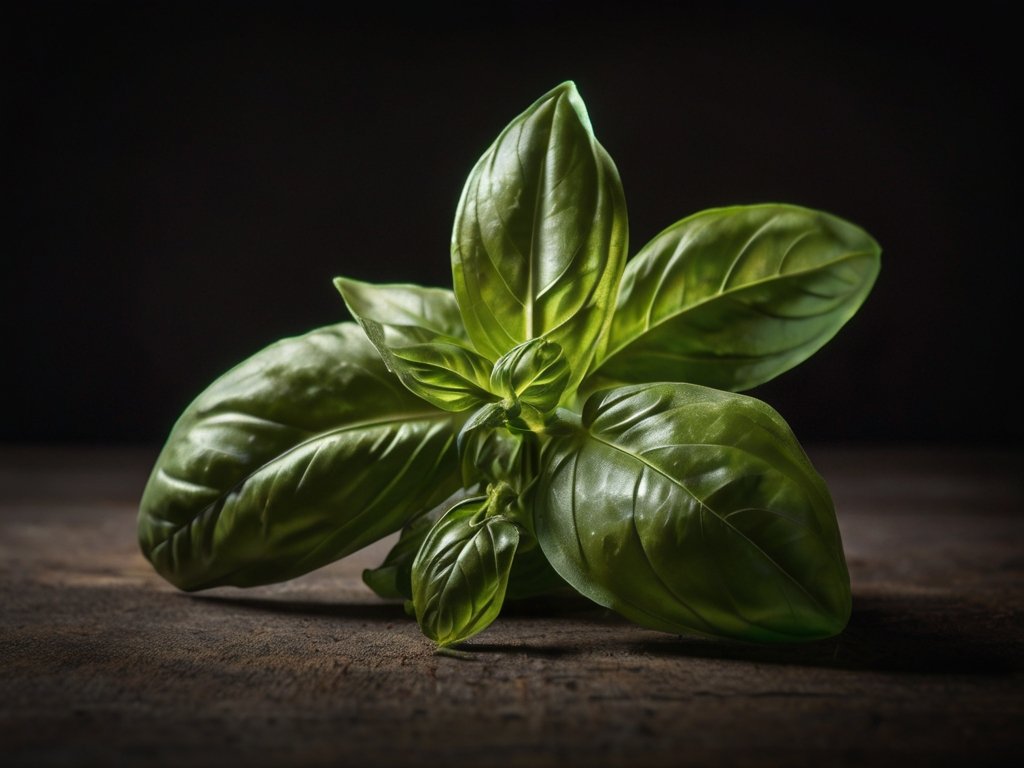
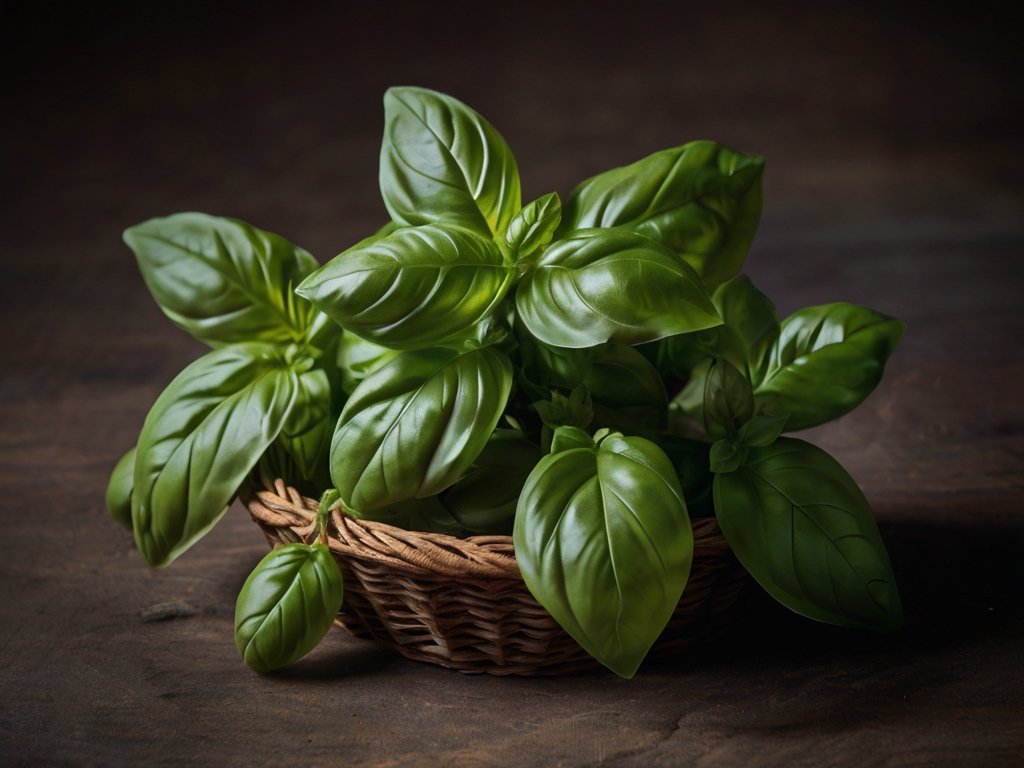
Chives (Allium schoenoprasum)
Chives are a perennial herb with thin, hollow, grass-like leaves and pink to purple flowers. Coming from the same family as onions and garlic they unsurprisingly have a mild onion flavour and are commonly used in cooking and as a garnish. There are several common varieties including common, garlic and giant siberian.
Ideal Growing Conditions
- Soil: Rich, well-drained soil with a neutral to slightly acidic pH.
- Sunlight: Full sun to partial shade (at least 4-6 hours of direct sunlight per day).
- Water: Regular watering to keep the soil consistently moist but not waterlogged.
- Temperature: Prefers temperatures between 10°C and 21°C, and can tolerate light frost.
Uses
Chives are often used as a garnish and can be added to a variety of dishes, including eggs, potatoes, soups, and salads. They pair well with dairy products, such as cream cheese and sour cream, and are a key ingredient in chive butter and herb vinaigrettes.
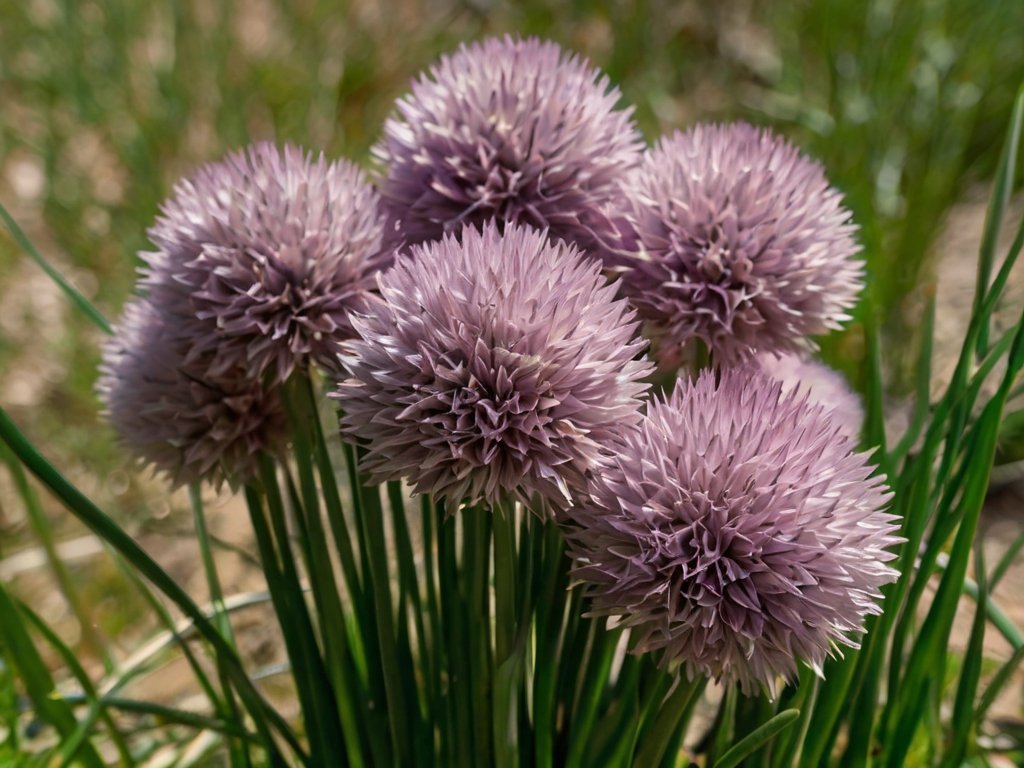
Mint (Mentha )
Mint is an aromatic perennial plant with serrated leaves and small flowers that can be white, pink, or purple. It is very easy to grow and spreads vigorously, so it is best grown in containers to prevent it from taking over the garden. Popular varieties include common or garden, spearmint, peppermint and banana mint.
Ideal Growing Conditions
- Soil: Moist, well-drained soil with a neutral to slightly acidic pH.
- Sunlight: Partial to full sun (at least 4-6 hours of direct sunlight per day).
- Water: Regular watering to keep the soil consistently moist but not waterlogged.
- Temperature: Prefers temperatures between 15°C and 21°C and can tolerate light frost.
Uses
Mint is commonly used in beverages such as teas and cocktails, and can also be added to salads, desserts, and sauces. It pairs well with lamb, peas, and chocolate.


Parsley (Petroselinum crispum)
Parsley is a biennial herb with bright green, curly or flat leaves. It is commonly used as a garnish and in a variety of dishes for its fresh, mild flavour. There are three common types of parsley – Italian, French and Hamburg.
Ideal Growing Conditions
- Soil: Rich, moist, well-drained soil with a neutral pH.
- Sunlight: Full sun to partial shade (at least 4-6 hours of direct sunlight per day).
- Water: Regular watering to keep the soil consistently moist but not waterlogged.
- Temperature: Prefers temperatures between 10°C and 21°C and can tolerate light frost.
Uses

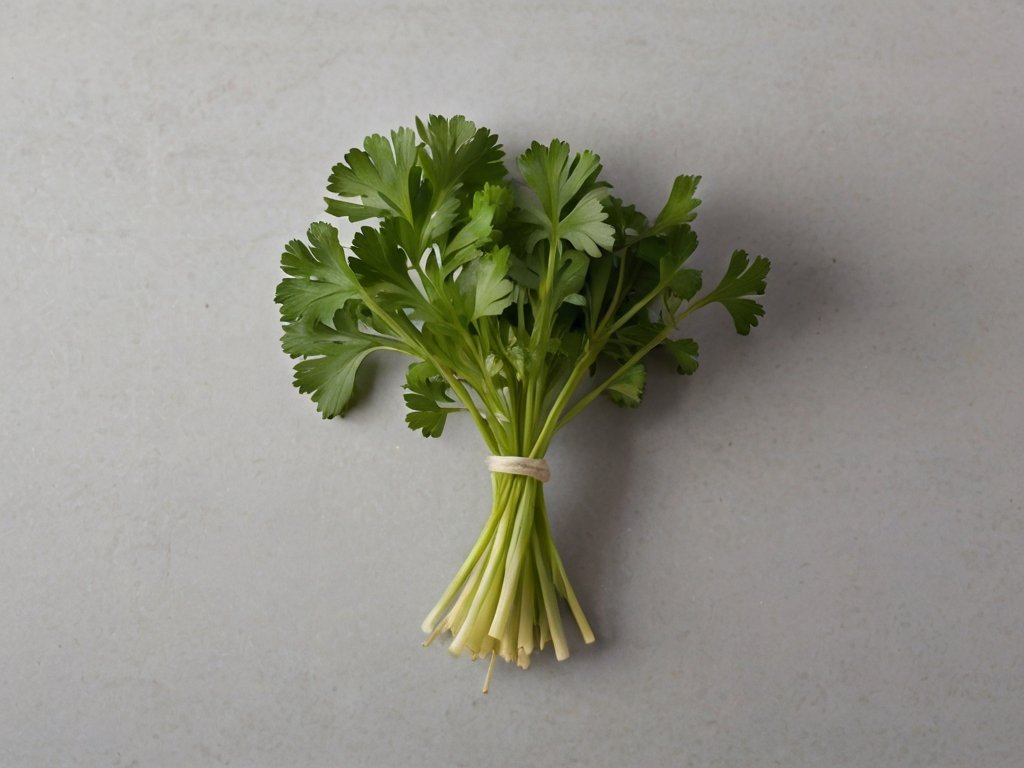
Parsley is often used as a garnish and can be added to soups, stews, salads, and sauces. It pairs well with lemon, garlic, and olive oil.
Rosemary (Rosmarinus officinalis)
Rosemary is a woody, perennial herb with needle-like leaves and a robust, pine-like fragrance. It grows vigorously and reaches a height in excess of a metre It produces small blue, pink, or white flowers and is often used in Mediterranean cuisine.
Ideal Growing Conditions
- Soil: Well-drained, rocky or sandy soil with a slightly alkaline pH.
- Sunlight: Full sun (at least 6-8 hours of direct sunlight per day).
- Water: Regular watering, allowing the soil to dry out between waterings to prevent root rot.
- Temperature: Prefers temperatures between 15°C and 25°C and is moderately frost-tolerant.
Uses
Rosemary is often used to flavour roasted meats, particularly lamb and pork, as well as potatoes and bread. It is also an excellent addition to soups and stews.
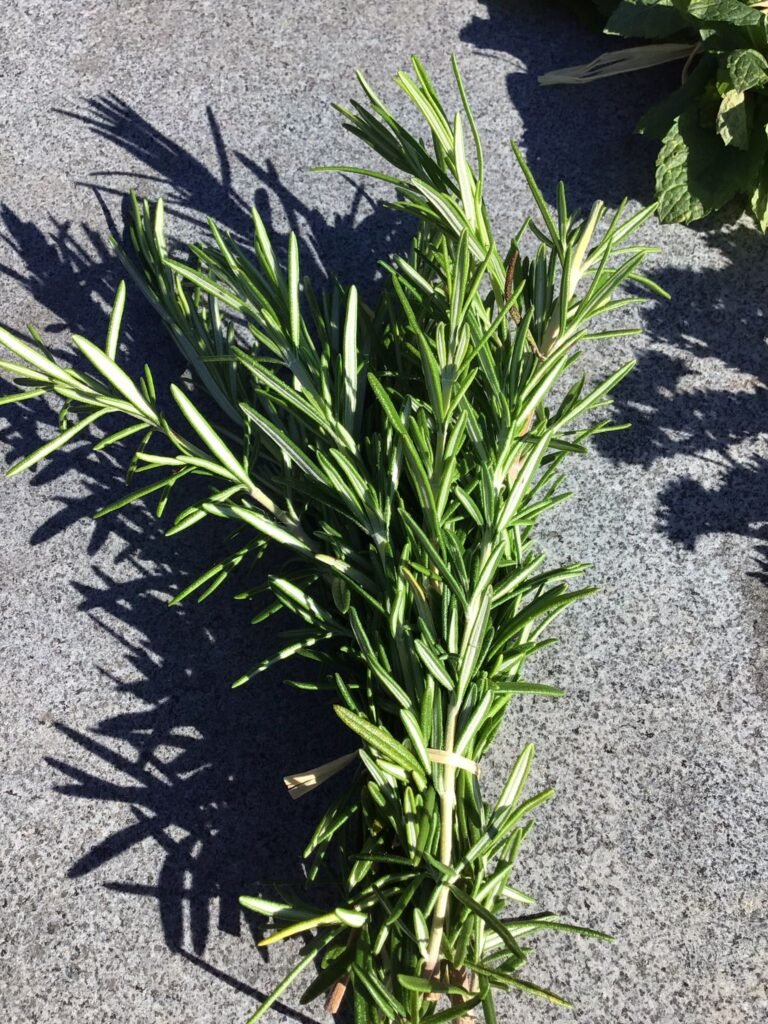

Sage (Salvia officinalis)
Sage is a perennial herb with soft, grey-green leaves and a strong, earthy aroma. It is often used in cooking for its distinctive flavour, which pairs well with a variety of meats, especially poultry and pork.
Ideal Growing Conditions
- Soil: Well-drained, sandy or loamy soil with a neutral to slightly alkaline pH.
- Sunlight: Thrives in full sun (at least 6 hours of direct sunlight per day).
- Water: Requires moderate watering, allowing the soil to dry out between waterings to prevent root rot.
- Temperature: Prefers temperatures between 15°C and 24°C and is relatively frost-tolerant.
Uses
Sage can be used fresh or dried in a variety of culinary applications. It is excellent in herb butters, marinades, and as a seasoning for roasted vegetables. Sage also has medicinal properties and has been used traditionally to aid digestion, soothe sore throats, and reduce inflammation.
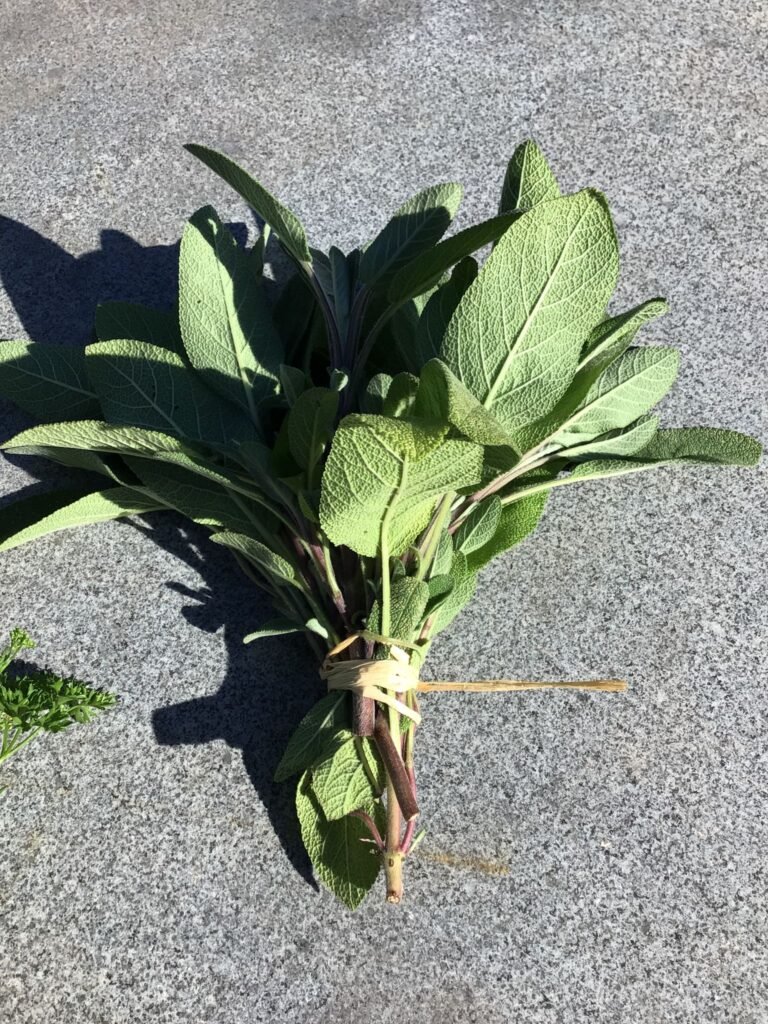

Thyme (Thymus vulgaris)
Thyme is a low-growing, woody perennial with tiny, aromatic leaves and small, tubular flowers that can be pink, purple, or white. It is widely used in French, Mediterranean, and Middle Eastern cuisines.
Ideal Growing Conditions
- Soil: Well-drained, sandy or loamy soil with a neutral to slightly alkaline pH.
- Sunlight: Full sun (at least 6-8 hours of direct sunlight per day).
- Water: Regular watering, but the soil should be allowed to dry out between waterings.
- Temperature: Prefers temperatures between 15°C and 25°C and can withstand some frost.
Uses
Thyme is versatile and can be used in a variety of dishes, including meat, vegetables, soups, and sauces. It pairs well with lemon, garlic, and olive oil.
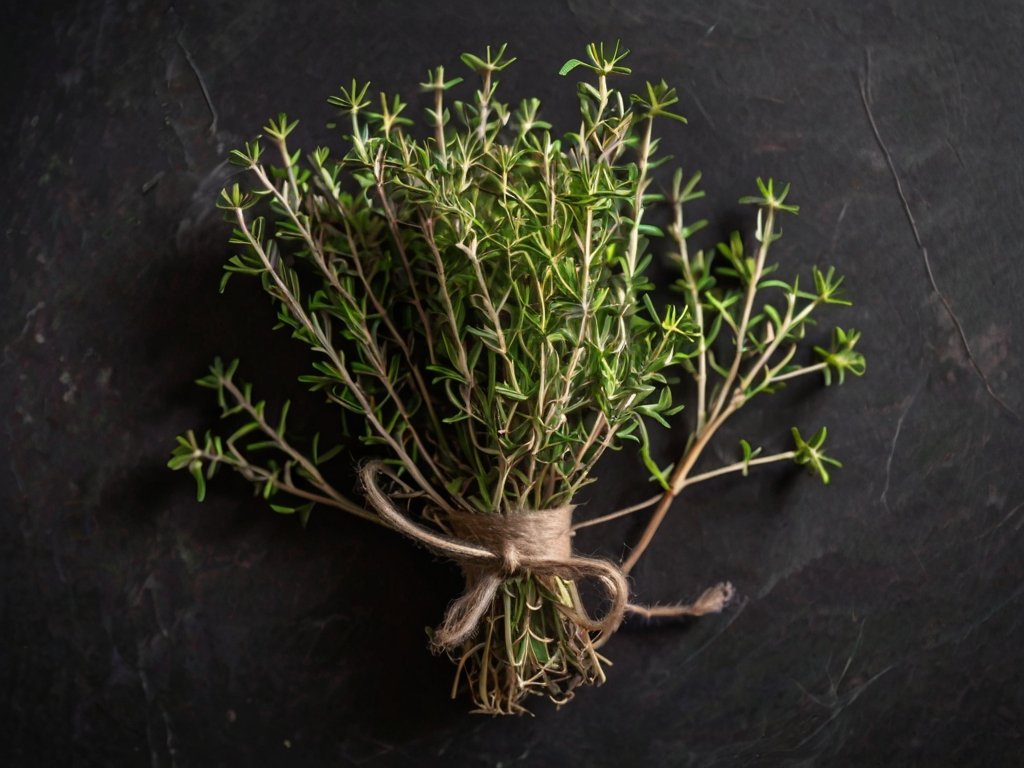
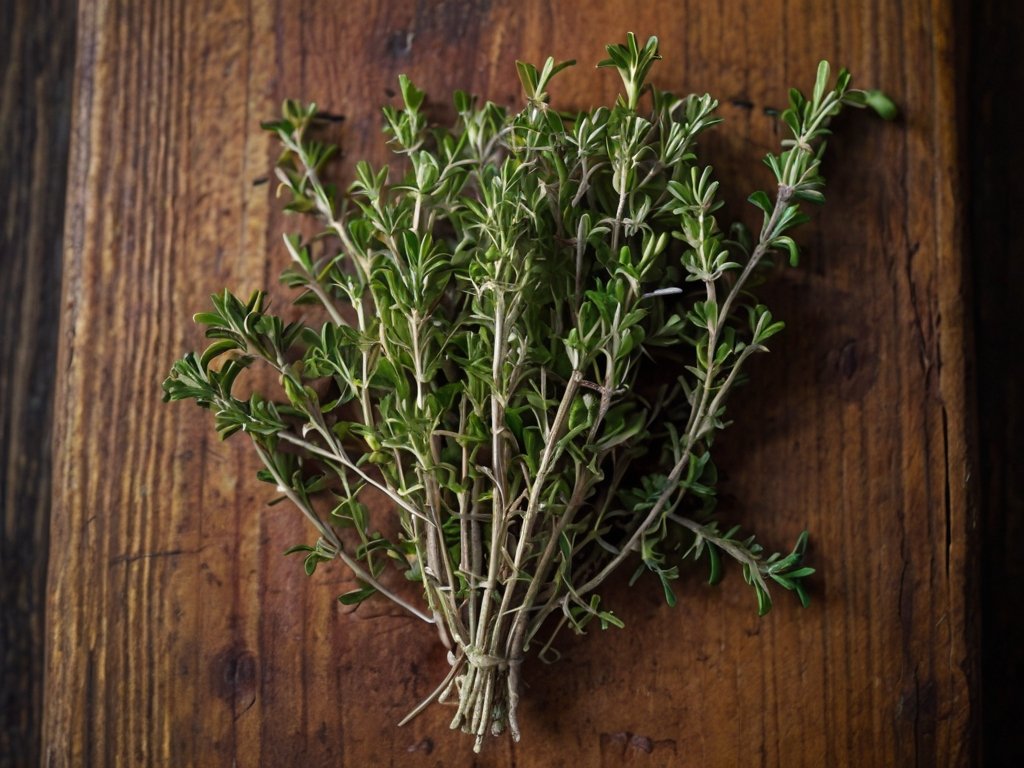
Dehydrating Herbs
In my garden I have grown sage, parsley, rosemary and mint for several years but for the first time recently I decided to dehydrate them before storing. This came about when I realised, I needed to relocate my sage to a different plot and thought it would be a good idea to preserve some of it. Whilst I was doing this I decided to do the same with the other herbs I have grown.
I picked some from all four types and lightly washed them before placing them in my new dehydrator. I set the temperature to 35 degrees and set the timer for 8 hours. In hindsight I should have chopped the herbs before drying as it would cut the time needed to dry them substantially. Once they had dried I crumbled each one into a labelled sealed container and sat them in my kitchen ready for use.
Both the rosemary and sage have dried well but the mint and parsley less so and I certainly wouldn’t dry those again. Id much prefer just to pick them fresh from the garden when needed.
I am planning on expanding my range of herbs and would love to hear from anyone with suggestions on which other types dry best.
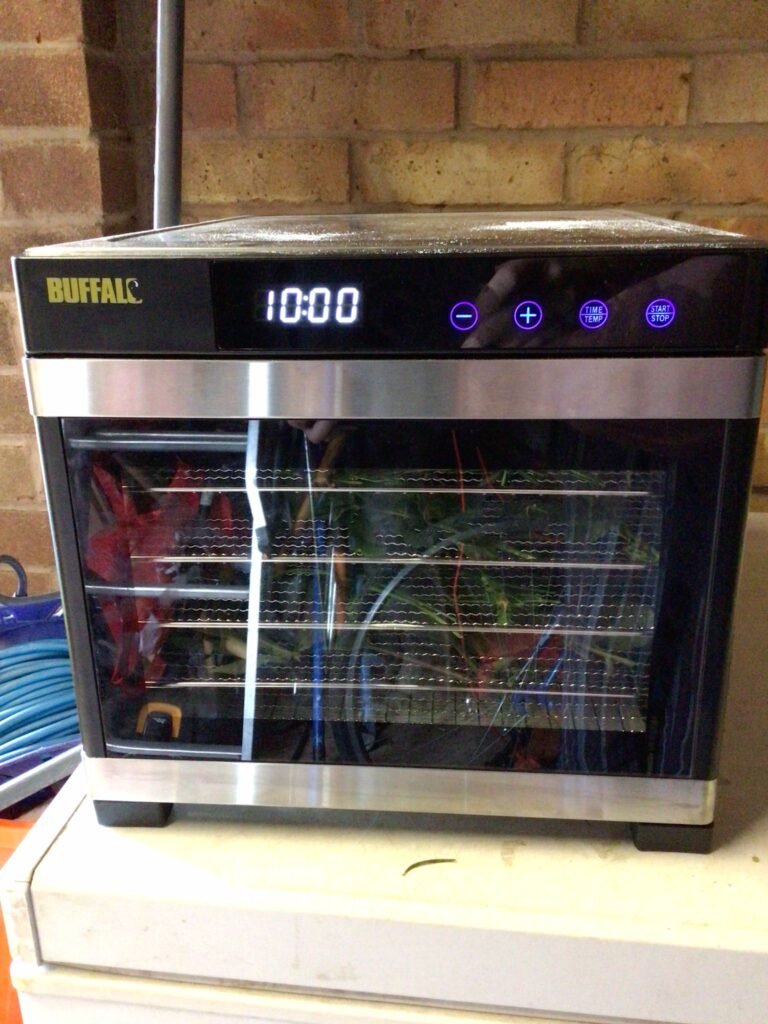

Conclusion
Growing herbs in your English garden can be a rewarding experience, providing you with fresh ingredients for your culinary creations as well as adding beauty and fragrance to your outdoor space. Each of these seven herbs—basil, chives, mint, parsley, rosemary, sage and thyme, —has its own unique characteristics and ideal growing conditions, but all are relatively easy to cultivate with the right care.
When it comes to using these herbs, the possibilities are endless. Basil is perfect for pesto and pairing with tomatoes, rosemary adds depth to roasted meats, thyme enhances soups and sauces, mint is refreshing in drinks and desserts, parsley brings a fresh flavour to numerous dishes, sage is great for seasoning and chives add a mild onion taste to a variety of foods. By incorporating these herbs into your garden, you’ll not only enjoy their practical benefits but also their contribution to a vibrant and aromatic garden space.
